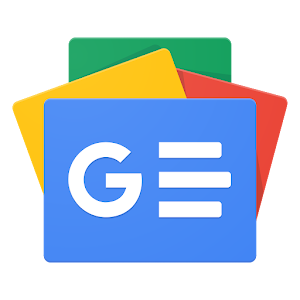Essential Insights on Meta AI’s Llama 3

Llama 3: Overview of Meta’s Latest Language Model
Llama 3 represents the recent advancement in Meta’s large language model technology, featuring two versions: one with 8 billion parameters and another with 70 billion parameters. This model aims to enhance processing power, usability, and accessibility for a wide range of applications. Notably, Llama 3 is open-source, marking a departure from its predecessors and promoting wider access to AI tools.
Key Use Cases for Llama 3
- Social Media: With capabilities like real-time language translation and high-quality image generation, Llama 3 significantly improves user engagement and personalization on social media platforms.
- Mobile Device Integration: In collaboration with Qualcomm, this model is optimized for Snapdragon platforms, enhancing mobile user experiences through on-device learning and immediate content generation, making advanced AI features more accessible.
- Widespread Industry Applications: Llama 3 enhances customer service through efficient chatbots and assists content creators by generating diverse materials including animations, showcasing its adaptability across multiple sectors.
Available globally, Llama AI technology integrates seamlessly with platforms like Facebook, Instagram, WhatsApp, and Messenger, enhancing user interaction and providing better features.
What’s New in Llama 3?
Llama 3 is designed for a wider range of tasks, including text, image, and video processing. It has been trained on over 15 trillion tokens, a dataset seven times larger than its predecessor, Llama 2. This extensive training enables a more nuanced understanding and generation of various types of content. Here are some notable features:
Expanded Vocabulary and Tokenizer
A new tokenizer in Llama 3 expands its vocabulary to 128,256 tokens, compared to the 32,000 tokens in Llama 2, enhancing its linguistic precision and reach.
Enhanced Reasoning and Multimodal Abilities
This version’s improved reasoning capabilities and its ability to manage multimodal inputs make it stand out. It allows the model to perform complex reasoning tasks and understand content across various formats more effectively.
Pretraining and Fine-Tuning Innovations
Innovations in pretraining and instruction fine-tuning have led to reduced error rates and a greater diversity in the model’s responses, setting new benchmarks in AI quality.
Performance Capabilities
With its decoder-only transformer architecture, Llama 3 includes a tokenizer for managing 128,256 tokens and employs advanced processing techniques. This architecture optimizes efficiency for a variety of tasks, streamlining performance.
Advanced Safety and Performance Tools
Llama 3 introduces Llama Guard 2, Code Shield, and CyberSec Eval 2, creating a robust security framework that enhances trust and safety in its applications.
Integration and Future Prospects
Meta utilizes its Research SuperCluster, outfitted with 16,000 Nvidia A100 GPUs, to provide substantial computational resources for training Llama 3. It is available across platforms like AWS, Google Cloud, and Microsoft Azure, allowing developers worldwide to easily adopt this powerful tool for various uses.
Llama 3’s Open-Source Nature
Making Llama 3 open source has democratized access to advanced AI, encouraging collaboration and innovation. Over 30,000 new models have reportedly been based on the foundational versions of Llama 1 and 2, showcasing the model’s impact on the AI landscape.
Future Plans for Llama 3 and Beyond
Meta’s ambitions include developing models with over 400 billion parameters, enabling even more complex tasks and versatile multimodal responses. Currently, larger models are in the training phase, demonstrating promising initial results that improve accuracy in addressing diverse inquiries.
The future roadmap for Llama 4 and Llama 5 suggests models with features like longer context windows, multilingual support, and overall enhanced performance. Meta plans to roll out these new models in the coming months, each equipped with advanced capabilities for a variety of tasks that extend the current limits of AI technology.
Frequently Asked Questions
What is Meta AI’s Llama 3?
Llama 3 is an open-source large language model designed for developers, researchers, and businesses, allowing users to build and experiment with generative AI applications effectively.
Is Llama 3 free?
Yes, Llama 3 is available for free commercial use, supporting Meta’s strategy to provide robust AI options that can challenge proprietary technologies in the market.
Is Llama 3 open-source?
Absolutely, Llama 3 is open-source, which is a part of Meta AI’s intention to advance its chatbot capabilities and affirm its position in the ever-evolving AI technology landscape.






